- Canadian history
- Canadian politics
- The 20th century world
- More reading
Read more about …
Canadian history
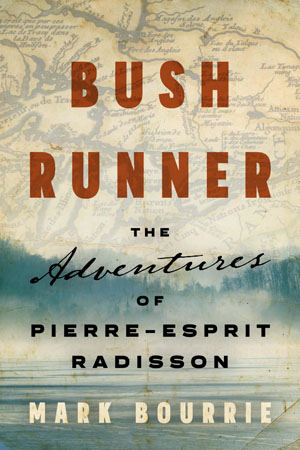
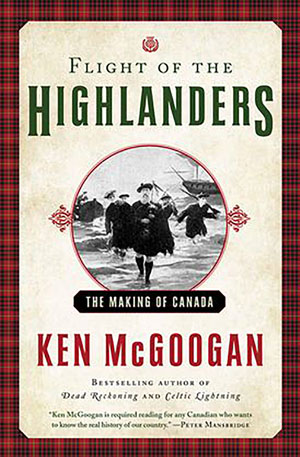
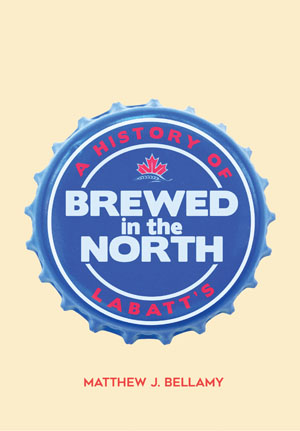
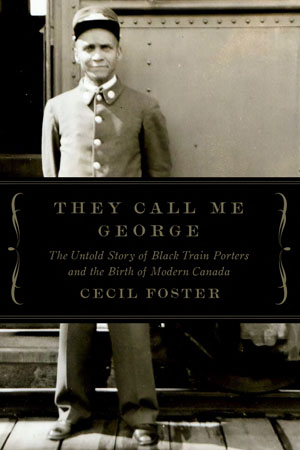
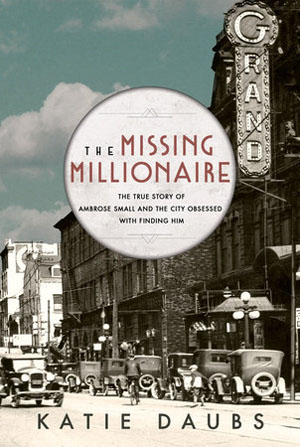
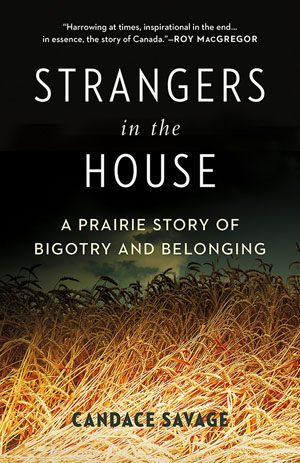
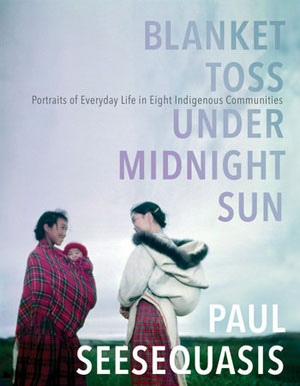
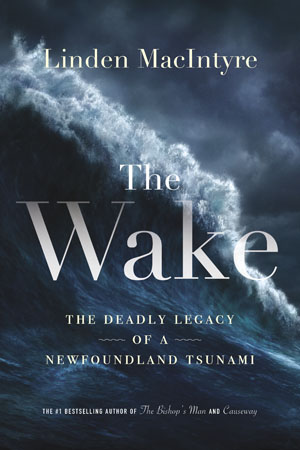

A dark adventure story based in 17th-century North America
In the RBC Taylor Prize-winning biography Bush Runner: The Adventures of Pierre-Esprit Radisson, author Mark Bourrie portrays Radisson as a tough survivalist, a brilliant linguist and a ruthless con man with an eye for the main chance. Bourrie uses the adventurer’s story to shed light on northern North America in the 1600s, leading the reader into a world as distant from contemporary Canada as any universe in science fiction.
How the Highland Scots were driven off their traditional lands and settled in Canada
With Flight of the Highlanders: The Making of Canada, genial author Ken McGoogan takes his third run at Scots history. First came How the Scots Invented Canada in 2010, followed by Celtic Lightning: How the Scots and the Irish Created a Canadian Nation, in 2015. So why has he come at the story again? He writes that the Highland Scots who were driven off their traditional lands should be looked at through the lens of history as refugees, and he goes a long way toward supporting this thesis by his demonstration of what they suffered.
A comprehensive look at Labatt’s past
Just a few decades ago, Labatt was a quintessentially Canadian name. Today, however, Labatt is a shadow of itself. It’s a dilemma that Matthew J. Bellamy, an associate history professor at Carleton University, explores compellingly in his new book, Brewed in the North: A History of Labatt’s. He describes how men of the eponymous family – followed by non-family managers – built the company into a powerhouse in Canada starting in 1847.
Remembering Canada’s black train porters
An immigrant who came to Toronto from Barbados in the early days of Canada’s official foray into multiculturalism, Cecil Foster had the courage to examine the realities of race in this country long before it was commonplace to do so. His most recent work focuses on one of the many black Canadian stories that are suspiciously absent from most history books. It’s all there in the title – They Call Me George: The Untold Story of Black Train Porters and the Birth of Modern Canada.
Six books to help you understand the Winnipeg General Strike
During the Winnipeg General Strike of May and June of 1919, more than 30,000 workers walked out to demand living wages, better working conditions and collective bargaining rights. Although the strikers’ demands ultimately weren’t met, the strike changed the political landscape.
A spirited look at the 1919 disappearance of Ambrose Small
In 1919, 53-year-old Toronto theatre magnate and impresario Ambrose Small disappeared, days after selling his empire for $1.75-million. A full century later we’re still wondering what happened to him. Katie Daubs’s spirited new book The Missing Millionaire: The True Story of Ambrose Small and the City Obsessed with Finding Him is less a lament for the unsolved mystery of a petty, philandering, Machiavellian middleman than it is a vivid portrait of rapidly evolving Toronto.
Prairie identity as seen through the struggles of a francophone family
Candace Savage’s twin beats are history and the natural world. Renovating her kitchen in Saskatoon serves as the catalyst for Strangers in the House: A Prairie Story of Bigotry and Belonging. Inside the walls, she finds hidden treasures that, it turns out, belonged to the house’s original owners, Clara and Napoléon Sureau dit Blondin, and their children.
Archival portraits of daily life reframe Indigenous history
Paul Seesequasis wants Canadians to see Indigenous lives the way many of us never have before. In response to the Truth and Reconciliation Commission, Seesequasis, a Saskatoon-based writer, journalist and cultural advocate, began collecting archival photos of First Nations, Métis and Inuit communities from the 1920s to the 1970s. His new book, Blanket Toss Under Midnight Sun: Portraits of Everyday Life in Eight Indigenous Communities, collects many of those photos and features interviews with some of the photographers and their subjects.
A long-overdue obituary for the miners of the Burin Peninsula
On Feb. 15, 1965, a retired miner named Rennie Slaney sat down at his kitchen table in St. Lawrence, Nfld., and typed out a five-page, single-spaced document that, as Linden MacIntyre writes in The Wake: The Deadly Legacy of a Newfoundland Tsunami, would reverberate “across the land.” The 58-year-old Slaney, who could no longer work because of severe health problems, laid out what had happened in recent decades to the people of his small community on the Burin Peninsula. The Wake is most remarkable for the long, slow buildup to this moment, as the author shows how the mining debacle evolved directly out of an earthquake and a tsunami that occurred decades before – on Nov. 18, 1929.
A history of modern Canadian architecture
What’s Canadian about Canadian architecture? It’s a difficult question to answer, but on the very first page of Canadian Modern Architecture: 1967 to the Present, editors Elsa Lam and Graham Livesey throw down the gauntlet: “Distinctively Canadian architecture only emerged mid-century and fully blossomed after 1967, Canada’s centennial year.” This book puts that golden period – and all that flows from it – in sharp focus with essays from many of the most distinguished critics and academics in the field.
Canadian politics
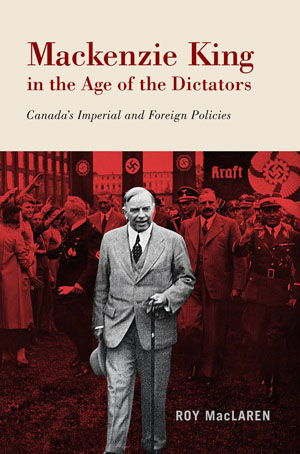

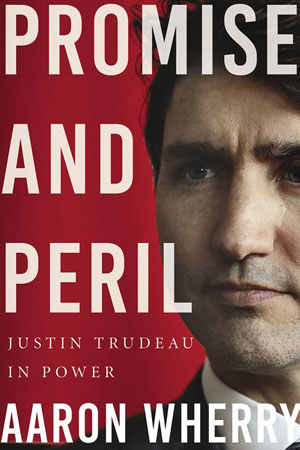
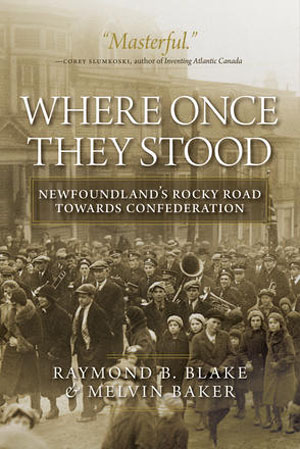
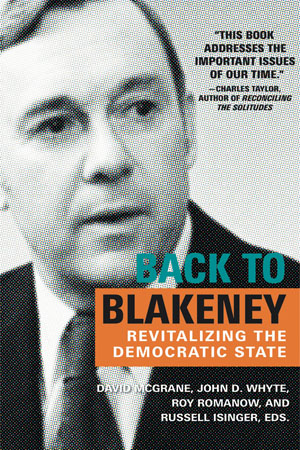
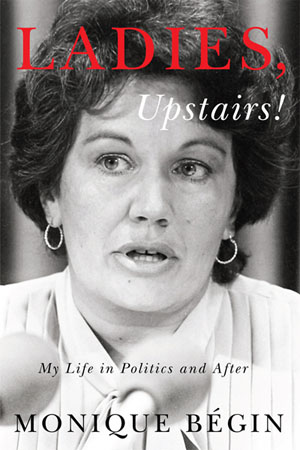
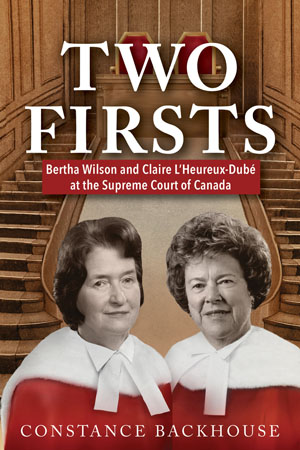
Why don’t we have the prime minister biographies we deserve?
Academics are not taking on the subject of Canadian prime ministerial biography and the country’s understanding of itself suffers as a result, writes J.D.M. Stewart. Consider: The only comprehensive, academic treatment of Robert Borden was two volumes by the late Robert Craig Brown, the second of which was published in 1980 – 39 years ago. It is also almost impossible to find. So, why are academics no longer writing about the country’s most important leaders?
A merciless takedown of Mackenzie King’s response to Hitler and fascism
With Mackenzie King in the Age of the Dictators: Canada’s Imperial and Foreign Policies, former diplomat and high commissioner Roy MacLaren eschews biography to focus on the Canadian prime minister’s foreign-policy performance. He delivers an exhaustively detailed, tightly controlled yet merciless takedown of Mackenzie King’s responses to both Benito Mussolini and Hitler.
Who is the real Justin Trudeau? Two books paint vastly different pictures
If you are interested in reading a book about how the Liberal government has fared since Justin Trudeau’s surprising victory in 2015, your own biases will probably dictate whether you choose Trudeau: the Education of a Prime Minister, by John Ivison, or Promise and Peril: Justin Trudeau in Power, by Aaron Wherry. Each offers an informed take on the Trudeau government, although from something close to polar opposite perspectives.
Revisiting Newfoundland’s past, 70 years after the divisive decision to join Canada
After centuries of “nationhood,” on April 1, 1949, Newfoundland became a part of Canada, distinguished mainly by geographic isolation and economic desperation. Because most Newfoundlanders are indefatigable storytellers, the island narrative, which spans more than 500 years, has been well reported in folklore, academic scholarship and a wealth of literature. The recently published Where Once They Stood: Newfoundland’s Rocky Road Towards Confederation, by historians Melvin Baker and Raymond B. Blake, is an important and insightful contribution to Canada’s evolving story, as it helps expand understanding of the relationship between Newfoundland and Canada.
An historical assessment of an effectual premier
In Back to Blakeney: Revitalizing the Democratic State – a series of essays on the late New Democrat premier of Saskatchewan, Allan Blakeney – 15 writers trace a line from the 1970s to today. Together, the essays take readers through his 11 years as first minister, and the legacy of his successes and shortcomings. Woven through the assembled pieces are potential futures that might be imagined from the vision of an activist state led by a “principled pragmatist.”
A feminist viewpoint of politics in Canada
Monique Bégin was heading into the House of Commons to take her seat for the first time when a guard tried to stop her, shouting “Ladies, upstairs!” Bégin uses the guard’s words as the title of her recently published memoirs, Ladies, Upstairs! My Life in Politics and After. They serve as a reminder of the kinds of obstacles and casual sexism that faced the trailblazing women of Canadian politics.
How the Supreme Court of Canada was changed by the arrival of two women
More than three decades ago, Bertha Wilson then Claire L’Heureux-Dubé were selected for the top jobs in the Canadian judiciary. In Two Firsts: Bertha Wilson and Claire L’Heureux-Dubé at the Supreme Court of Canada, author Constance Backhouse does a fine job of showing us how truly transformative and difficult it was, both for the women and the country.
The 20th century world
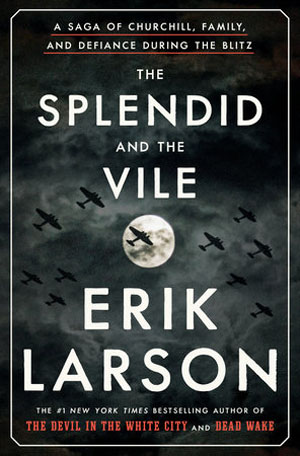
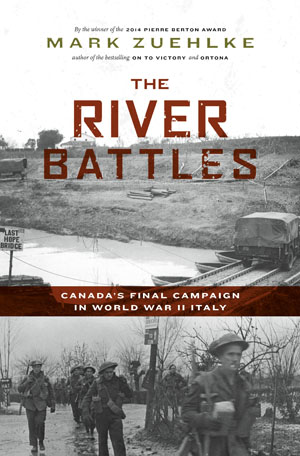
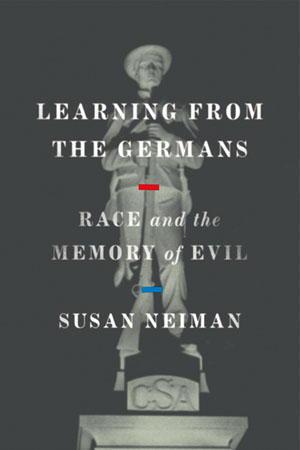
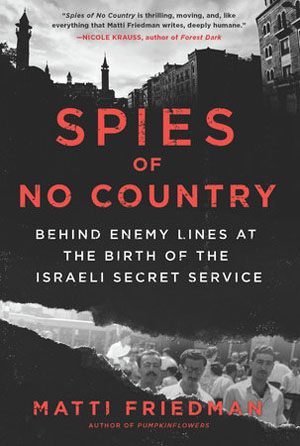
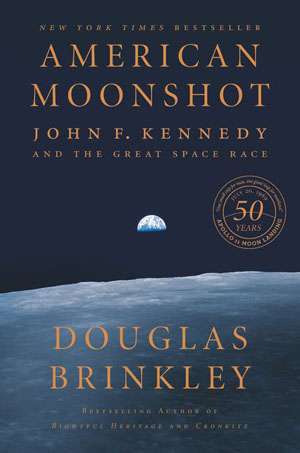
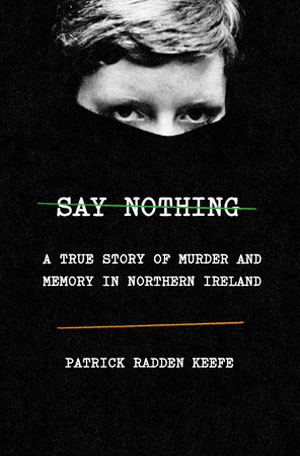
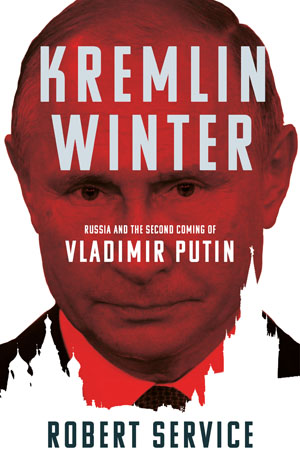
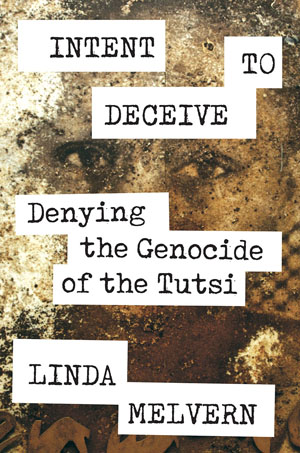
Picking up Churchill’s story where other authors left off
Erik Larson’s latest book, The Splendid and the Vile: A Saga of Churchill, Family, and Defiance During the Blitz, is an account of the crucial year that Britain withstood the Blitz and staved off invasion, thanks in no small part to Churchill’s extraordinary leadership. Churchill, when the story begins in May, 1940, had finally achieved his life’s ambition. He was prime minister, but he faced impossibly grave circumstances as the Nazis were advancing across Europe.
Five D-Day books to understand Canada’s contribution
Of the 14,500 Canadian soldiers who took part in the D-Day landing, 340 were dead and 574 wounded by the end of June 6. What they won with their foothold in northern France was invaluable: the beginning of the end of the war in Europe. From classic histories to a real-life thriller about the spies who made D-Day possible, there’s a read here for anyone looking to learn more.
The culmination of Canada’s Second World War campaign in Italy
The River Battles: Canada’s Final Campaign in World War II Italy is historian Mark Zuehlke’s fifth and final volume in his Canadian Battle Series. Building on the focused unities of time and place – six months in 1944-45 and a waterlogged plain called Emilia-Romagna – he delivers a vivid, hard-slogging narrative. Canada’s Italian campaign, which culminated in these river battles, lasted 20 months and was the longest undertaken by the Canadian army.
Comparing Germany’s atonement for the Holocaust with the U.S. reckoning over slavery
For three years, American philosopher Susan Neiman travelled through Germany and the U.S. South, primarily Mississippi, to study the ways the two countries had grappled with historical atrocities that resonate to this day. The very short answer is that one country has done a lot and the other has barely begun. The very centre of Berlin has a Holocaust memorial, she notes in Learning from the Germans: Race and the Memory of Evil, but the United States has no national slavery museum, no prominent memorial to the Middle Passage.
Why I stopped reading – and came back to – books about the Second World War
“We say ‘never again’ and I take that responsibility seriously,” writes Marsha Lederman. “Never again should this happen – to anyone, to any group. And part of ‘never again’ is keeping the memory of these horrors alive. A recent poll found that 22 per cent of young Canadians had not heard of the Holocaust or were unsure what it was. Supporting books about the Holocaust is one way to accomplish the never again.”
The thrilling story of Israel’s secret service and how it all began
Before Israel was a country and before its spy service earned a fearsome reputation for covert operations, a small group of volunteers was sequestered on a kibbutz to train in the arts of espionage and concealment. The men were the forerunners of the modern Mossad, the subject of Toronto-born, Jerusalem-based journalist Matti Friedman’s latest book, Spies of No Country: Behind Enemy Lines at the Birth of the Israeli Secret Service.
Revisit the great 1960s space race
With last year’s 50th anniversary of the first lunar landing, astronauts Neil Armstrong and Buzz Aldrin got all the glory. But Douglas Brinkley’s new book, American Moonshot: John F. Kennedy and the Great Space Race, gives credit to an unsung hero of the space program: Lyndon B. Johnson. Though President John F. Kennedy set the goal of putting an American astronaut on the moon before the end of the 1960s, it never would have happened without his successor, according to Brinkley.
Northern Ireland’s past and future
Patrick Radden Keefe’s Say Nothing: A True Story of Murder and Memory in Northern Ireland tells the story of the disappearance of Jean McConville, a 38-year-old mother who was kidnapped at gunpoint in front of her children in Belfast at the height of the Troubles. It weaves the story of her disappearance with the lives of Dolours Price and Brendan Hughes, important figures in the Provisional IRA, and Gerry Adams, who went on to lead Sinn Fein.
Perspective on the fall of the Berlin Wall, 30 years later
Nov. 9, 2019, marked the 30th anniversary of the fall of the Berlin Wall: the night the concrete symbol of a divided country, a divided Europe and a world divided by Cold War hostilities opened its gates to allow East Germans into the island of West Berlin. These six non-fiction and fiction books examine what that has meant over the past 30 years.
Prestige, power and pride: Russia’s complex identity crisis
After the Soviet Union collapsed in 1991, moving a centrally planned economy into the hands of self-interested oligarchs ripped the social fabric of Russian society asunder. In Kremlin Winter: Russia and the Second Coming of Vladimir Putin, Robert Service explores the complex crisis of identity that surfaced following the demise of Soviet Communism. He then turns his attention toward the book’s central focus: deconstructing Putinism.
A deeper understanding of the Rwandan genocide
The assassination of Rwandan president Juvenal Habyarimana in 1994 was the spark that lit the Rwandan Genocide, which saw up to one million ethnic Tutsis and moderate Hutus murdered by their government and fellow citizens over 100 days. These five books are essential for a deeper understanding of the region. British investigative journalist Linda Melvern has been examining the genocide since the beginning, and her latest book, Intent to Deceive: Denying the Genocide of the Tutsi, reveals the intentional disinformation campaign that has been raging for the past quarter-century.
More Reading
Reading list for news junkies: 13 new books that tell stories from behind the headlines
10 recent books on racism in Canada and the U.S.
Books that will help the environmentalist in you grow
Expand your mind and build your reading list with the Books newsletter. Sign up today.



